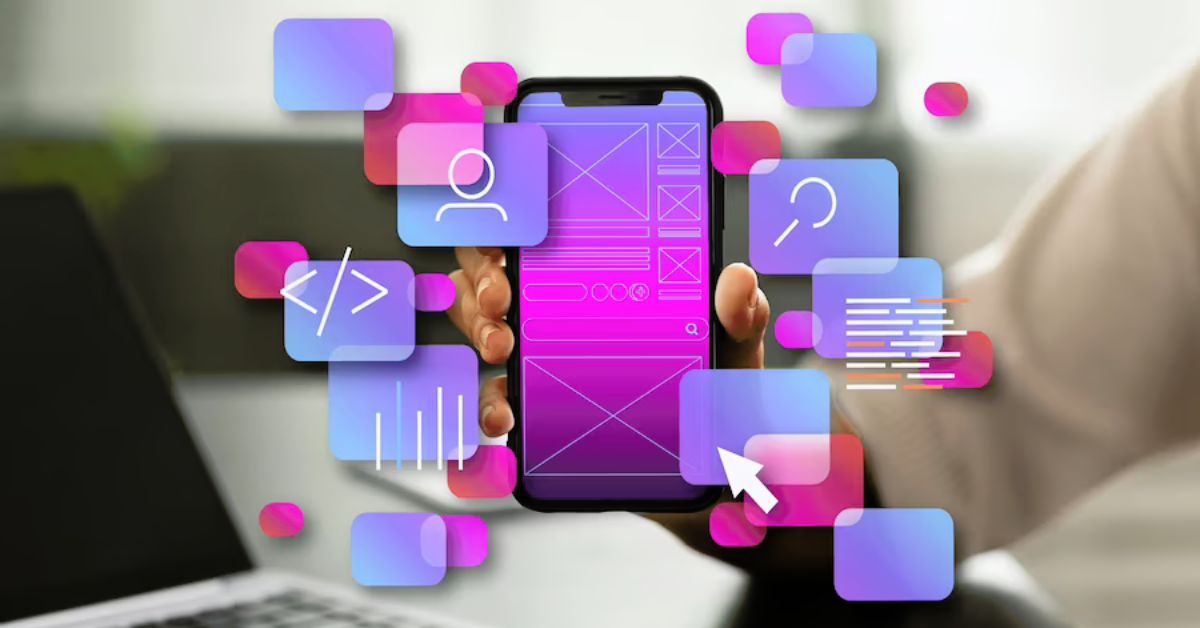App development and software development are in a fast-paced and ever-changing world. Mistakes are an inevitable part of the process. The best thing you can do before embarking on your project is to learn from the mistakes of others, giving you a better chance of succeeding. Here are some common ones we’ve encountered in our time.
1. Too many features
Naturally, business owners and founders have a big vision, but sometimes this big vision requires jamming everything they could possibly want in the first version of their app. But, including too much from the get-go usually leads to unnecessary delays and redundant features. It’s kind of like trying to bake a pie that’s sweet, sour, savoury and bitter – all at the same time. You want to layer things on as you go, not all at once.
Remember, mobile apps and software products are meant to streamline an experience and allow users to quickly accomplish a task that might otherwise take a lot longer on another medium. So, you need to identify the key use cases before overloading the app with features.
2. Disregarding the audience
When developing any digital product, you must understand the use case of your software for your prospects and customers. You need to ask yourself whether your product addresses a specific pain point and answers a need, or if you’re just developing another tool that no one needs.
Become obsessed with your target users. Conduct surveys to understand what your audience needs, how they want to engage and what will drive them to keep coming back to your product over others. It’s not enough to ask your friends and family – find the exact people who want to be using your tool, and have them give honest advice.
3. Insufficient testing
People get angry when apps don’t work the way they want them to. We call it ‘app rage’. Similar to road rage, it makes your blood boil. All you want to do is delete it and never have anything to do with it again.
The quality of your product represents your brand, so testing it thoroughly is a vital component of the development process.
4. Failing to plan
At Spring Digital, we see our fair share of recovery projects and, nine times out of ten, the problem is that there was no plan to begin with.
When we ask where the plan is, many people say “My developer is looking after it!” but it’s not just the developer that handles the plan. All the stakeholders, including yourself, need to be a part of the design and structure implementation. A thorough plan identifies dependencies between deliverables and includes estimates from the project team and developers themselves.
After the release plan is set, your team should be running daily 15-minute meetings where issues are surfaced and new risks are identified and managed. Trust us, this will make all the difference and your project has a much bigger chance of success.
5. Expecting an immediate return on investment
Remember, less than 1% of apps and software make money. This isn’t to discourage you, rather it’s a warning to make sure you set realistic expectations – there are a lot of factors that determine an app’s value. If your motivations are purely profit-related, you may want to rethink your plans for building software or apps – it’s not easy!
6. Not having a marketing plan
Just to be clear, “If we build it, they will come”, is not a valid marketing strategy. It doesn’t work!
Before you invest a single dollar, put some time aside and think about how you would market the product if it was ready to go tomorrow.
If you aren’t sure where to start, a great read on this is Andrew Chen’s The Cold Start Problem. It’s not all about marketing, but it’s got some great insights into growing and scaling apps through word of mouth and viral growth, which is one of the most cost-effective ways of getting your– app out there.
7. No unique value proposition
What can your software or app for app development offer that no one else’s does? Find a list of competitors in the app development space and list what they believe their product can do better. It’s not enough to be the next AirBnB – you need to find out if there’s a gap in AirBnB’s market, and decide how you’ll fill it. Feel free to use the seven points above as a checklist. Run it against your idea to see if you’re covering all of these off and heading in the right direction. When you are, get in touch with us to see if we can help you to bring it to life.
Author Bio:
Matt Brickwood, a highly skilled entrepreneur, founded Spring Digital to enhance organisational efficiency through innovative digital products and digital transformation. With expertise in software development and at the forefront of market trends, he is a visionary in the field. Matt’s customer-centric approach and transformative results have empowered businesses across industries, redefining the digital landscape for sustainable success.
Matt Brickwood
Mobile: 0413 430 006


